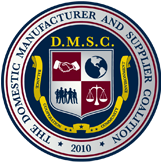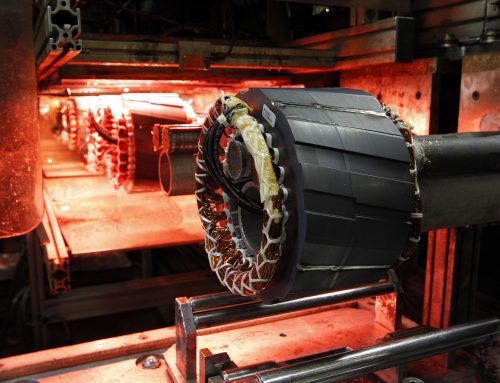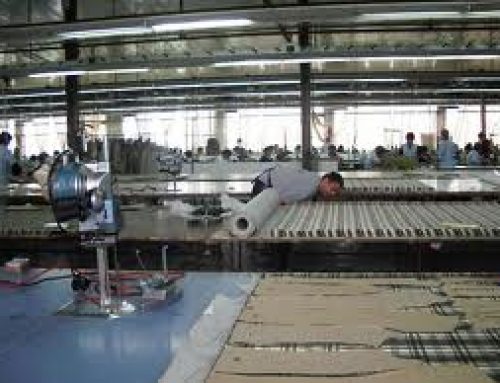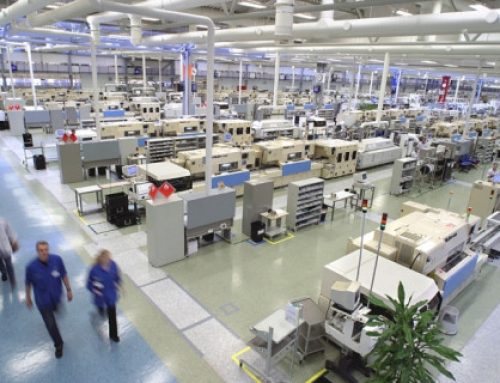By Frank Russo, Chief Executive Officer, Fabricating.com / Posted by Jessica Chamberlin
Frank Russo, Chief Executive Officer, of Fabricating.com speaks of reshoring manufacturing as a growing trend in the U.S. After many years of offshoring, companies are taking an in-depth look at the benefits of manufacturing closer to their customer base, leading many companies to reshore or consider reshoring production to the U.S.
U.S. manufacturing is becoming increasingly attractive to global companies and foreign investment due to the costs and risks associated with offshoring production. Escalating offshore wages, interruptions in unstable supply chains and shifting perspectives toward using total cost for objective decision-making, are causing a growing number of manufacturers to consider locations in the U.S.
Many past decisions to offshore manufacturing were based on price alone. Today, manufacturers are looking at more than just price when considering sourcing decisions and production locations. In an interview recently published in Industry Today, Harry Moser, founder/president of the Reshoring Initiative, said companies must look at the total cost of manufacturing such as quality, intellectual-property risk, inventory-carrying costs, the complexities of having a lengthier supply chain and other external and internal business costs. And, considering abundant and low-cost U.S. energy, manufacturing in the U.S. makes good economic sense for foreign and local investment.
Reshoring a Supply-Chain Strategy
Reshoring is not a fad — it’s a real supply-chain strategy based on real economic forces. Companies are making strategic shifts to their supply chain models to take advantage of the benefits of manufacturing in the U.S. I myself see reshoring in our marketplace sometimes several times a week. Every week, we speak with a buyer that wants to source only in the U.S. They want to reshore work, usually back from China, due to quality-control issues, time-to-market, delivery issues, language barriers or simply to be closer to their customers.
When companies source in the U.S., they can take advantage of the world’s largest market and leaner supply chains, since production is located closer to consumers. This affords them the flexibility to quickly respond to customers’ changing demands, a critical component for U.S. competitiveness.
By producing closer to consumers, manufacturers are able to eliminate the large run production requirements and sizable inventories common to manufacturing offshore. They can remove intellectual property risks and realize the benefits of innovation, quality and flexibility by putting American-made ingenuity behind sourcing decisions.





